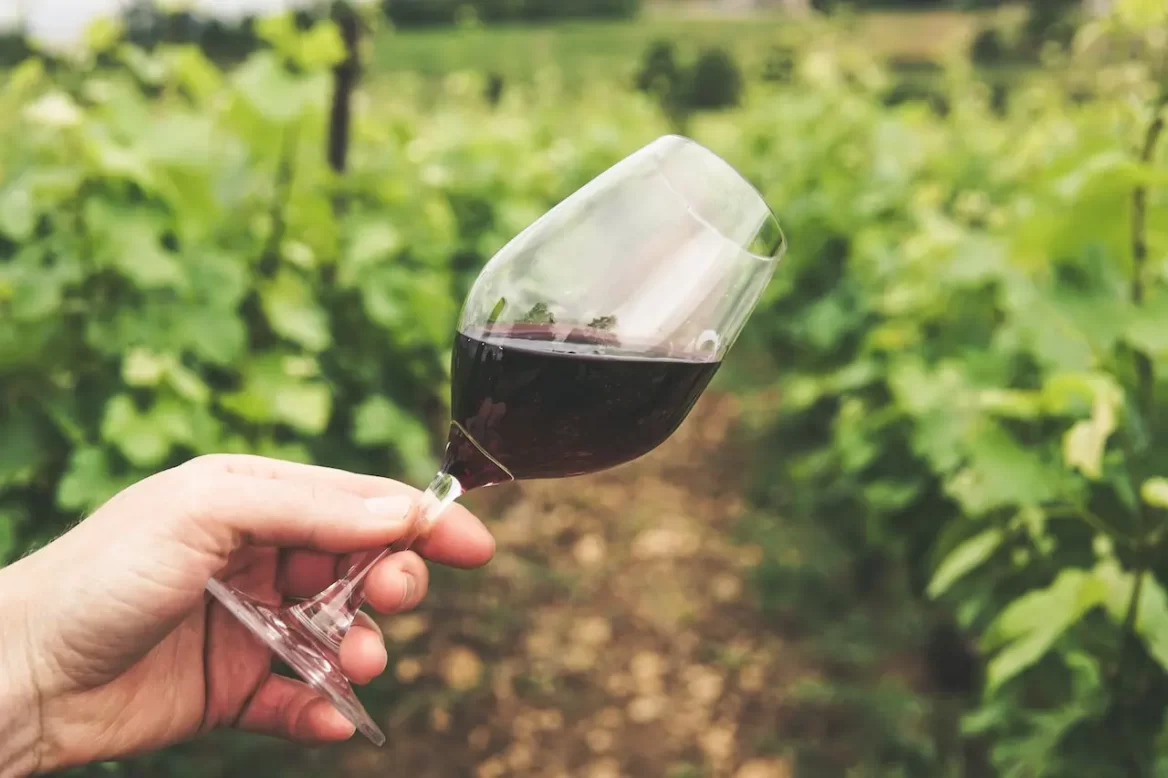
France does have a long and illustrious history of winemaking. Some of the most renowned and beloved wines in the world are French.
France is home to some of the most famous and iconic wine regions in the world, such as Bordeaux, Burgundy, and Champagne, as a result of its diverse landscape and lengthy winemaking history. Wine lovers from all over the world rush to France to enjoy the finest wines the country has to offer, since French wines are famous for their remarkable quality and diversity.
This article will explore the history, terroir, French wine classification, and grape types grown in several of France's most renowned wine-producing regions.
We will also provide details about the finest wines to taste from each region, as well as the greatest wine regions to visit in France.
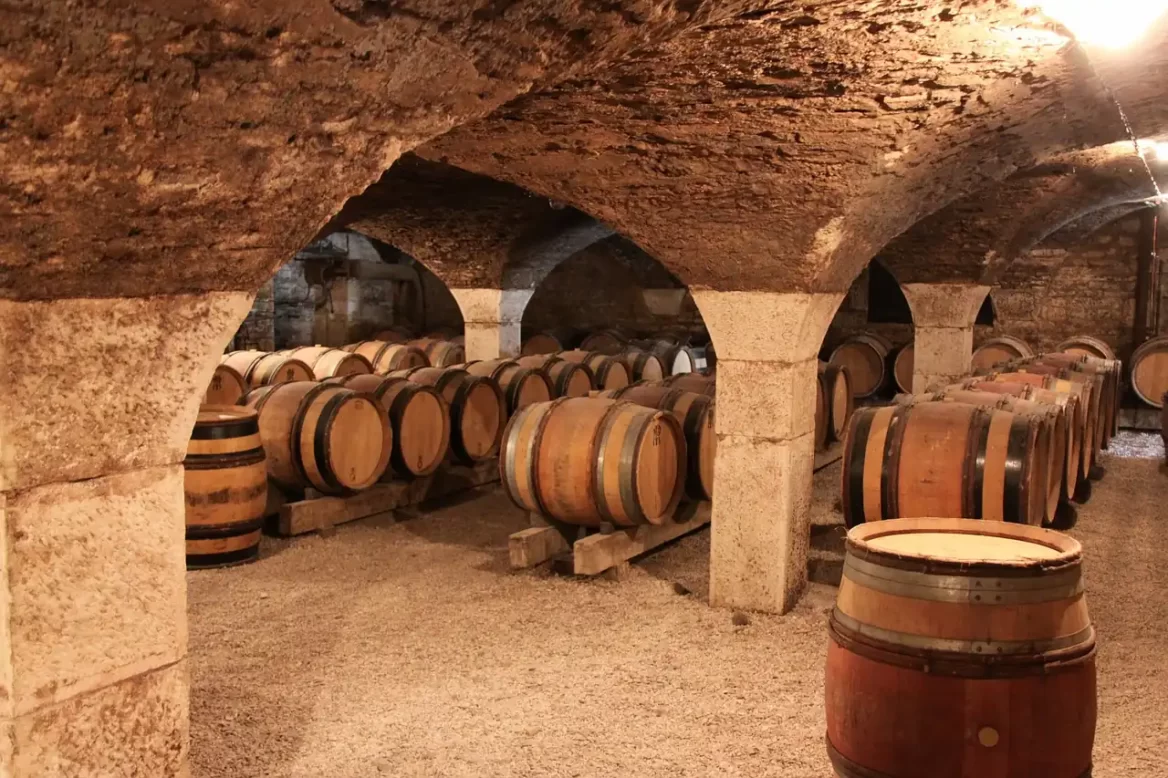
French winemaking has a long and rich history, with the origins dating back to the 6th century BC when Greek settlers colonized Southern Gaul. However, it was the Romans who made significant contributions to the development of the industry, planting vines in all major wine regions in the 300s.
During the Middle Ages, wine production and consumption became more widespread, and the Catholic Church played a significant role in the development of French wine. Monasteries and abbeys established vineyards and developed winemaking techniques, and the quality of French wine improved as a result.
In the 1600s, it was established in the French court that the only legitimate vineyards were those that produced wines of quality that the masses could enjoy, and French wine became a luxury item and a symbol of wealth and status. The royal courts of Europe, including that of Louis XIV, were avid consumers of French wine, and the demand for the country's wines soared.
The first Bordeaux Wine Official Classification was commissioned by Emperor Napoleon III in 1855 for the Exposition Universelle de Paris, a world's fair held in Paris. The classification ranked the top châteaux of the Médoc region of Bordeaux based on their reputation and trading price. The highest rank, Premier Cru, was awarded to five châteaux: Château Lafite Rothschild, Château Latour, Château Margaux, Château Haut-Brion, and Château Mouton Rothschild (which was later promoted to Premier Cru in 1973). The 1855 classification remains largely unchanged to this day, and the five Premier Cru châteaux are still considered among the world's most prestigious and sought-after wines.
Phylloxera is a tiny insect that feeds on the roots of grapevines, ultimately killing the vine.
In the late 19th century, the phylloxera epidemic affected French wine. The pandemic ravaged vineyards throughout France and Europe, resulting in the destruction of numerous grape varieties and a substantial loss of productivity. But nonetheless, the crisis also led to the replanting of vines with more resistant American rootstock and the development of modern winemaking processes, including pasteurization and temperature control.
Early in the 20th century, France established the Appellation d'origine contrôlée (AOC) system to oversee the quality and authenticity of wines. This designation ensures that a wine is produced in a certain location and follows to tight rules for grape varietals, winemaking procedures, and age requirements. Since its creation, numerous nations have embraced the AOC system in order to protect the quality and prestige of their wines.
French wine areas such as Bordeaux, Burgundy, and Champagne continue to be among the most famous and celebrated in the world, producing some of the most iconic and treasured wines.
And yet, France is home to numerous additional appellations, each with its own distinct style and personality. Focusing on tradition, quality, and terroir, French winemakers continue to innovate and experiment while preserving the craft's history and heritage. There is always something new to discover and admire in the world of French wine for wine enthusiasts.
Do you know what "terroir" and "appellation" mean in the world of wine?
Terroir is a French term that is used to describe the unique characteristics of a particular vineyard or growing region, including the soil, climate, and terrain.
The word “terroir” is derived from the Latin terra (earth), and it encompasses the full range of environmental factors that influence the flavor and qualities of wine, including elevation, aspects of the vineyard, type of soil, amount of rain, and exposure to the sun.
French wines are renowned for their complexity and feeling of place, and this is largely due to the influence of terroir in the winemaking process. French winemakers have relied heavily on the concept of terroir for generations, and it's a big reason why French wines are so well-liked.
Wines from different regions have their distinct identities and flavor profiles because of the various combinations of environmental elements that exist in each. A terroir-driven winemaking approach is one that emphasizes meticulous vineyard management in order to bring out the fruit's natural expression of the land on which it was grown. While some winemakers choose to utilize additives or heavily alter the final product, a terroir-driven technique lets the wine's natural characteristics and the environment it was grown in shine through.
The French wine industry is highly regulated and classified, with rules that govern the appellations, production methods, labeling, and much more. Appellations in France are divided into three basic categories: AOC/AOP, IGP and Vin de France.
AOP (Appellation d'Origine Protégée) is the correspondent of PDO (Protected Designation of Origin), the controlled designation of origin at European level as is in (article 93.1 a) and 2. of Regulation (EU) n°1308/2013. More about the European Regulation here...
PDO it is a name of a region or locality used to designate a product which originates there and whose quality or characteristics are due to the geographical environment, including natural and human factors. The product has a duly established reputation, and its production is subject to procedures including authorization of operators, control of production conditions and product control.
Institut National De L'Origine Et De La Qualité
Under this AOC/AOP classification wines are the highest quality and most strictly regulated, with rules governing everything from the grape varieties that can be used to the minimum alcohol content.
French wines that have AOC/AOP status are further classified based on origin and quality:
These wines may come from multiple wine regions and are typically labeled as such. IGP is a classification of quality wines that come from specific geographical areas, often encompassing multiple wine regions. These wines must comply with certain regulations - although not to the same extent as AOC-labeled wines – and typically feature multiple wine regional sourcing on labeling. Examples of French products that have IGP status include Comté cheese and Côtes du Rhône wine.
These wines can come from almost any region and don’t typically have an age requirement. They are typically labeled with the region they were produced, but not the vineyard or vintage.
France has some of the most famous and iconic wine regions in the world, including Bordeaux, Burgundy, Loire, Champagne, Southwest France, Alsace, Côtes-du-Rhône, and Savoy/Jura.
Each of these regions has its unique terroir, climate, and grapes, which leads to vast differences in the style and taste of the wine produced.
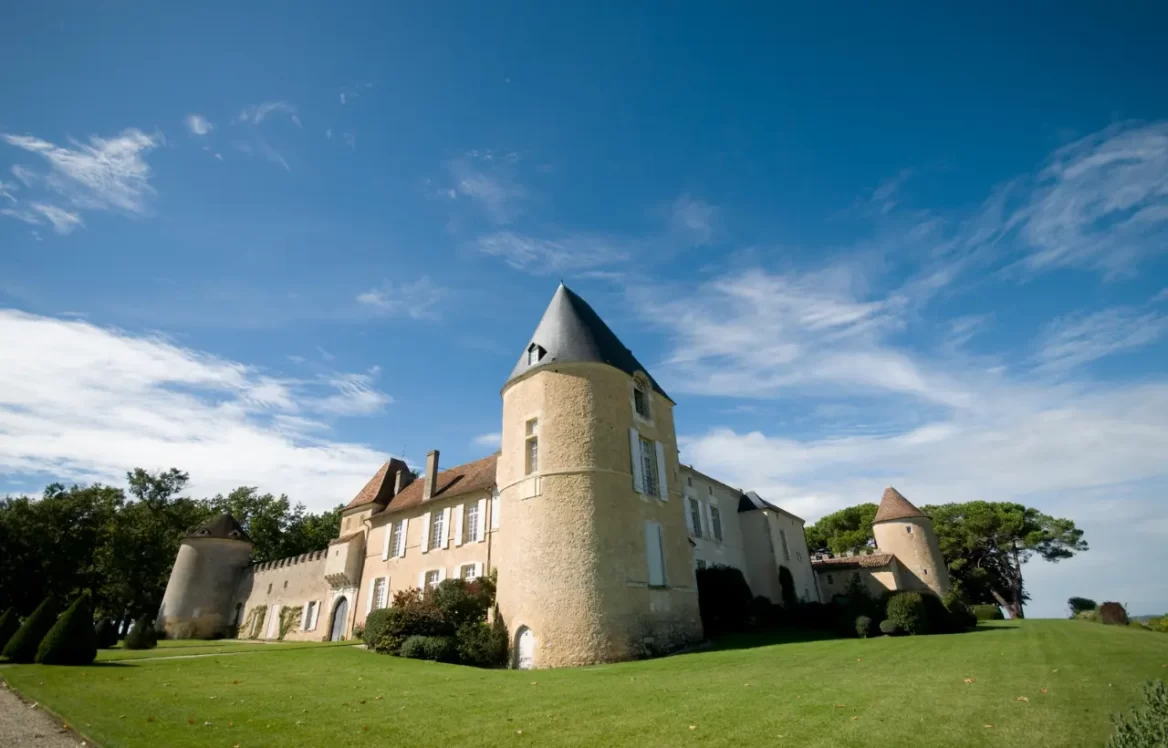
Bordeaux is one of the most famous wine-producing regions in the world, renowned for its full-bodied, tannic red wines. The region surrounding the Gironde river in southwestern France is home of some of the finest vineyards in the world.
The history of Bordeaux wines dates back to the Roman era, but the region began to flourish during the Middle Ages. The English, who dominated a large portion of the region for centuries, contributed to the development of Bordeaux wines by introducing new techniques and grape varieties.
Today, Bordeaux is known for its blends of Cabernet Sauvignon, Merlot, and Cabernet Franc, although other grape varieties are also grown. The region is divided into several sub-regions, each with its own distinct terroir.
The terroir of Bordeaux is characterized by a combination of gravelly soils and a maritime climate.
The Left Bank is known for its gravelly soils, which provide excellent drainage and are ideal for Cabernet Sauvignon, and The Right Bank, on the other hand, is characterized by clay and limestone soils, which are better suited for Merlot and Cabernet Franc.
The region's proximity to the Atlantic Ocean means that it experiences mild winters and warm summers, with rainfall throughout the year, and a long growing season. This climate, combined with the gravelly soils, gives Bordeaux wines their characteristic tannins and structure.
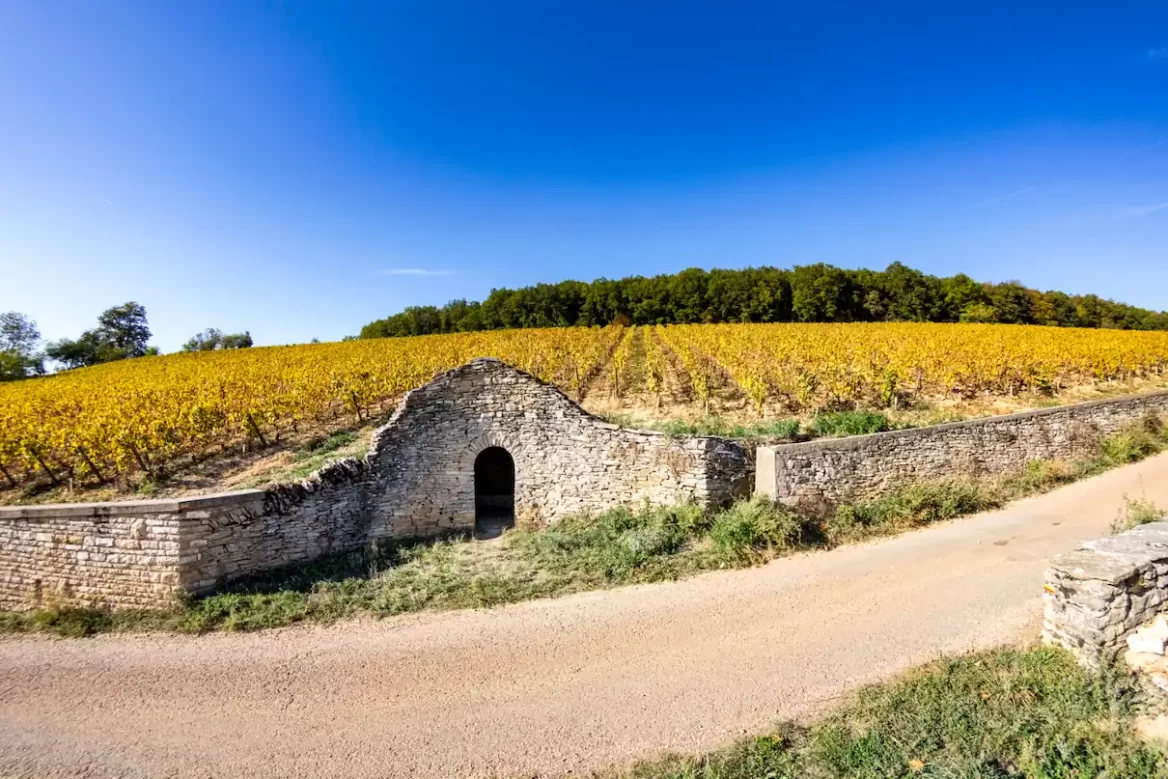
Burgundy is another famous wine region in France, known for its known for its exquisite Pinot Noir and Chardonnay wines.
Burgundy is located in eastern France, about 100 miles southeast of Paris. The region covers an area of approximately 75,000 acres, and is divided into five main wine-producing areas: Chablis, Côte de Nuits, Côte de Beaune, Côte Chalonnaise, and Mâconnais.
The terroir of Burgundy is characterized by a combination of limestone soils and a continental climate. The region experiences cold winters and warm summers, with a relatively short growing season. This climate, combined with the limestone soils, gives Burgundy wines their characteristic finesse and elegance.
Burgundy has a complex system of appellations, which reflect the region's long history of wine production and the importance of terroir in winemaking. The appellations are classified into four levels of quality, ranging from the most basic to the most prestigious:
Some of the most famous and important Grand Cru appellations in Burgundy include:
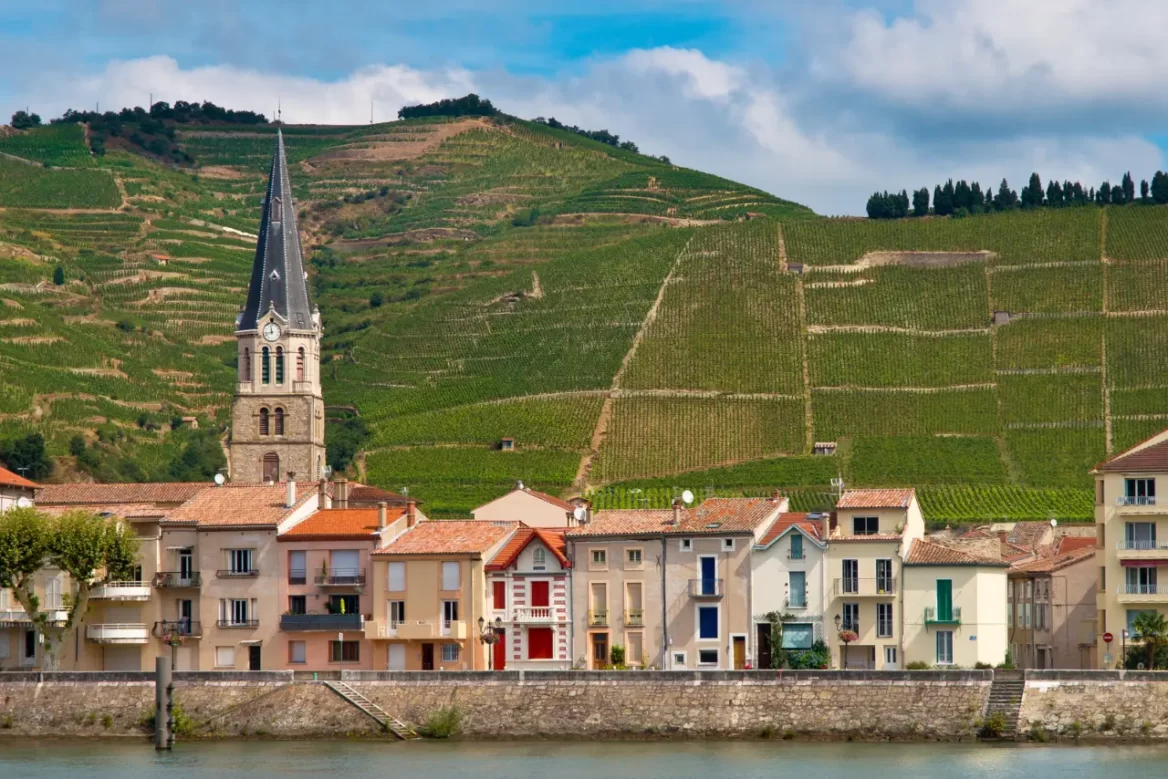
The Rhône Valley is a large wine region located in southeastern France, stretching from Lyon to Avignon, and it is divided into two main areas: the Northern Rhône and the Southern Rhône. The region is home to a wide range of wine styles, including rich, full-bodied reds and aromatic whites.
The history of Rhône Valley wines dates back to the Roman era, when the region was known for its wines. It wasn't until the Middle Ages, however, that the region really began to flourish, with the establishment of several famous vineyards.
The Northern Rhône is home to some of the world's most famous Syrah wines. The steep, terraced vineyards of the Northern Rhône produce some of the most concentrated and complex red wines in the world. The Northern Rhône is also known for producing white wines made from the Viognier grape, which are renowned for their floral aromas and rich, full-bodied flavors.
The Southern Rhône is best known for its blends, particularly the famous Chateauneuf-du-Pape, a blend of up to 13 different grape varieties. Grenache, Syrah, and Mourvedre are the primary grapes used in these blends. The Southern Rhône also produces some excellent single varietal wines, such as those made from the Grenache and Syrah grapes.
The terroir of the Rhône Valley is characterized by a combination of stony soils and a Mediterranean climate. The region experiences hot, dry summers and mild winters, with rainfall primarily in the spring and fall. This climate, combined with the stony soils, gives Rhône Valley wines their characteristic fruitiness and minerality.
One of the unique features of the Rhône Valley wine region is the Mistral, a strong, cold wind that blows through the region. The Mistral helps to keep the vineyards dry and free of pests and diseases, but it can also be a challenge for winemakers. The region's rocky soils and hot, dry climate contribute to the concentration and complexity of the wines produced here.
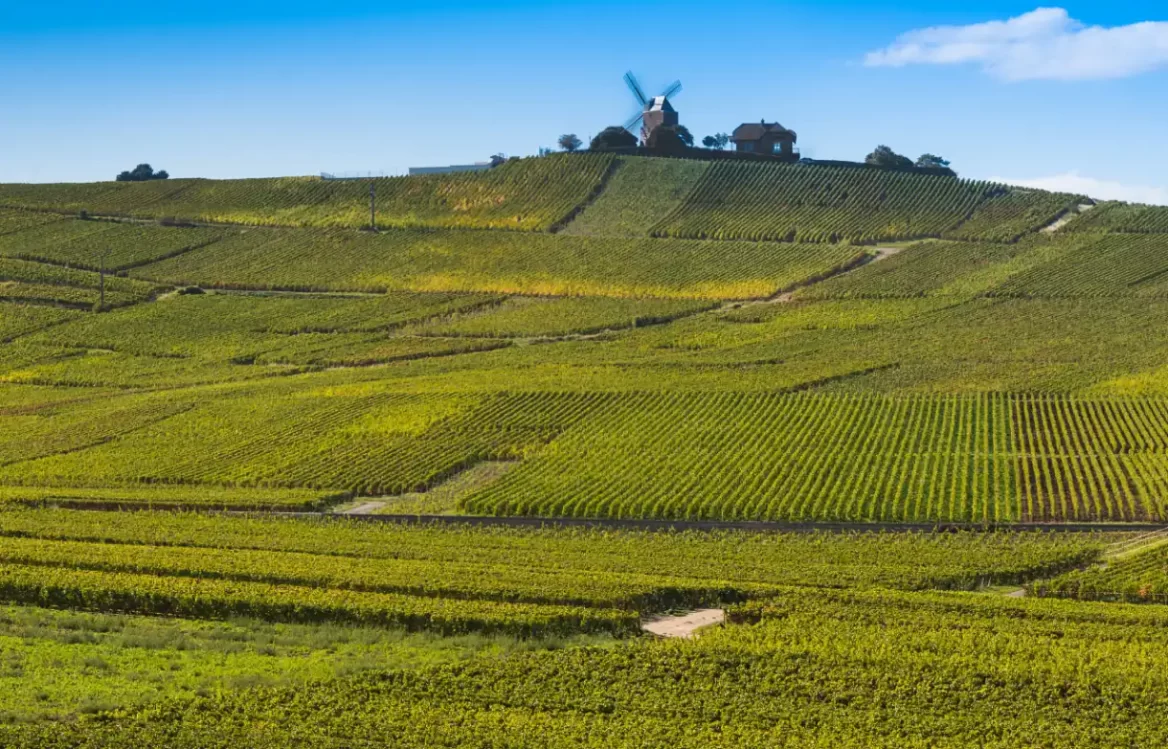
Champagne is perhaps the most famous wine region in the world, known for its sparkling wines made from Chardonnay, Pinot Noir, and Pinot Meunier. The region is located in northeastern France, and is home to some of the most famous vineyards in the world.
The history of Champagne dates back to the Middle Ages, when the region was known for its still wines. It wasn't until the 18th century, however, that the famous sparkling wines of Champagne were first produced.
Today, Champagne is known for its méthode champenoise, which involves a secondary fermentation in the bottle to produce the wine's characteristic bubbles. The region is divided into several sub-regions, each with its own distinct terroir. The Côte des Blancs region is known for its Chardonnay-based Champagnes, while the Montagne de Reims region is known for its Pinot Noir-based Champagnes.
The terroir of Champagne is characterized by a combination of chalky soils and a cool, continental climate. The region experiences cold winters and mild summers, with rainfall throughout the year. This climate, combined with the chalky soils, gives Champagne wines their characteristic acidity and minerality.
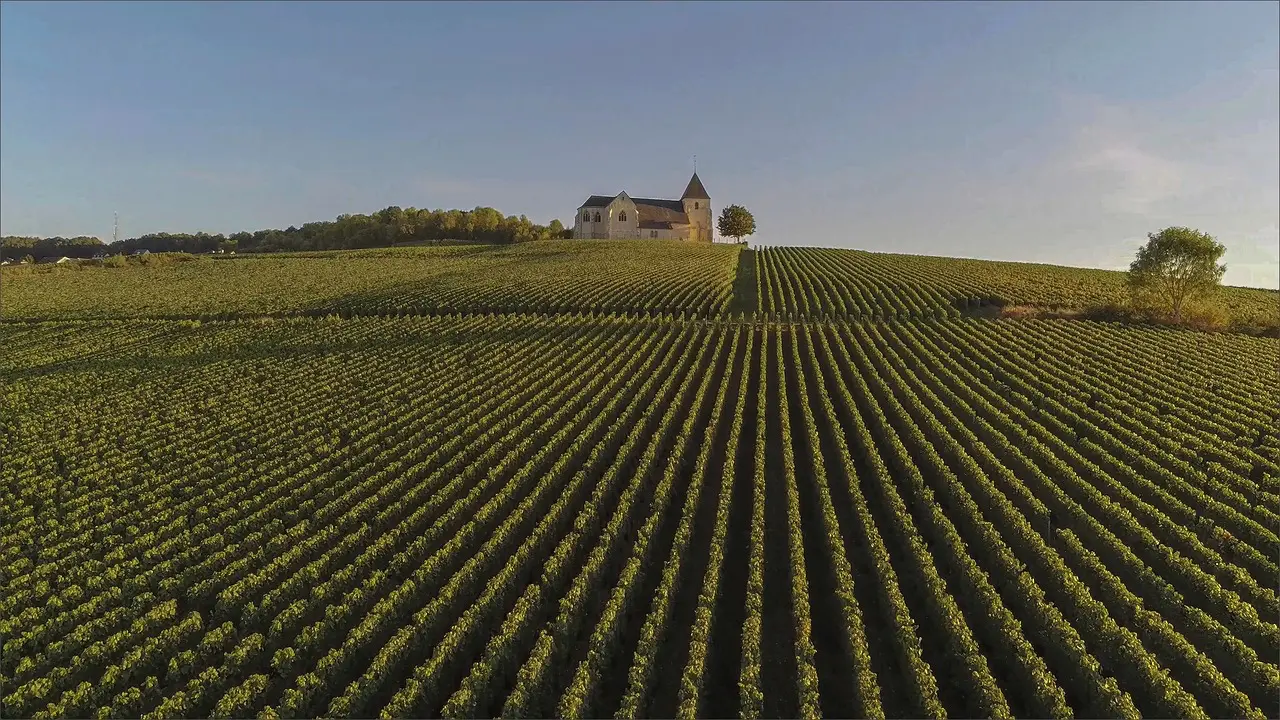
French wines are renowned for their complexity and sense of place, thanks to the unique combination of terroir, grape varieties, and winemaking techniques used in each region. From the full-bodied, tannic reds of Bordeaux to the rich, complex Chardonnays of Burgundy, each region has its own distinct character and style.
By exploring the history and terroir of these famous wine regions, we can gain a deeper appreciation for the complexity and diversity of French wines. Whether you're a seasoned wine connoisseur or a curious beginner, there's always something new to discover in the world of French wines.
Bordeaux, Burgundy, Champagne, and Rhône Valley are among the most famous wine regions in France.
The French Appellation system is a set of laws and regulations that govern the production and classification of French wines. It is designed to protect and promote the unique qualities and characteristics of wines produced in different regions of France, based on their terroir, grape varieties, and winemaking traditions.
The system is divided into several categories, including Appellation d'Origine Contrôlée (AOC), Indication Géographique Protégé (IGP), and Vin de France.
Wines that fall under the AOC category are subject to the strictest regulations, which dictate everything from the grape varieties that can be used to the minimum aging requirements.
The French Appellation system is widely regarded as one of the most comprehensive and rigorous wine classification systems in the world.
Terroir is an essential component of winemaking, as the environment in which the grapes are grown has a huge influence on the flavor, aroma, and body of the finished wine. Each vineyard is unique in terms of its soil, climate, and elevation, and these factors all play a role in producing a wine that is truly unique to its region.
For example, the soil in Bordeaux is mostly gravel with a high clay content, which allows the grapes to thrive in the hot and dry summer months and produce wines with intense fruit flavors and robust tannins.
On the other hand, the soil of Burgundy is made up of limestone and chalk, and this allows Pinot Noir grapes to produce wines with a softer structure and more subtle aromas and flavors.
The first Appellation d'Origine Contrôlée (AOC) in France was established in 1936 for the region of Châteauneuf-du-Pape in the Southern Rhône Valley. The AOC designation was created to recognize and protect the unique qualities of the wines produced in this region, including the terroir, grape varieties, and winemaking practices. Since then, the AOC system has expanded to cover many other regions in France, and has become an internationally recognized standard for quality and authenticity in French wines.
